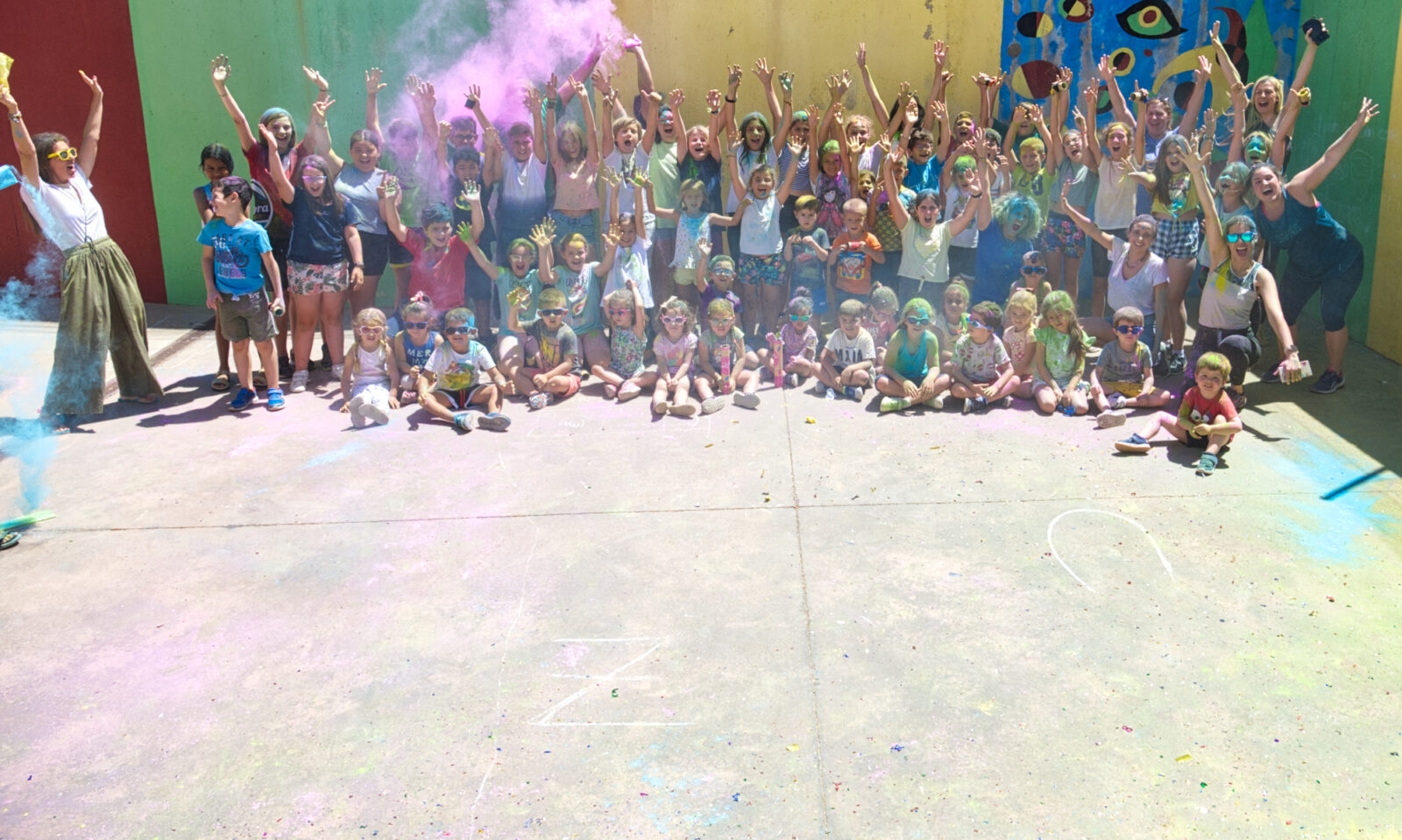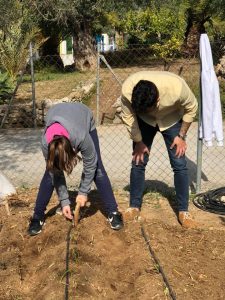Exposición y trabajos del proyecto sobre el Invierno. ❄️🥶
El alumnado de Educación Infantil se encuentra inmerso trabajando en su Proyecto: El Invierno. 👧🏼👦🏽
Es significativo que los niños y niñas conozcan detalles importantes sobre la estación del año en la que estamos, que aprendan sobre sus características a través de recursos didácticos relevantes para ellos y que, junto a sus compañer@s y maestra, puedan, además de compartir inquietudes y curiosidades, divertirse jugando.
¿Cómo es el invierno? ❄️
¿A qué podemos jugar en invierno con nuestros amigos? 🎲
¿Qué comidas calentitas podemos tomar en casa? 🍲
¿Cómo prevenimos los catarros? 🤧🤒
¿Cuáles son los animales que se marchan en invierno? 🦅
¿Cómo nos protegemos del invierno? ¿Qué ropa uso en invierno? 🧤🌂🧣
¿Cuáles son los animales que hibernan? 🐻
¿Cuáles son las frutas y verduras que encontramos en esta estación? 🍍
… estas son algunas de las investigaciones realizadas en casa junto a nuestras familias.
¡Muchas gracias por la gran colaboración!
Os mostramos algunas de las propuestas y fotos de la maestra Mayte para los niños de 3, 4 y 5 años.
– Ambientación de la clase, decoramos la puerta y realizamos investigaciones en casa junto a las familias.
– Después de investigar toca exponer y compartir los conocimientos con el grupo-clase. Los alumnos cuentan con apoyos materiales realizados con sus familias en casa. ¡Todos son geniales!
– Partimos de la lectura de poesías fáciles de recordar, adivinanzas o cuentos sencillos como: “Por cuatro esquinitas de nada” del autor Jérôme Ruillier.
– Nos convertimos en pequeños artistas creando muñecos de nieve personalizados con plastilina.
Estas actividades han permitido que creemos nuestro propio rincón del invierno en clase ¡Os animamos a visitarlo si lo deseáis! ¡Un saludo!
Exhibition and project work on Winter. ❄️🥶
Infant Education students are immersed working on their Project: It is Winter! 👧🏼👦🏽
It is significant that pupils know important details about the season of the year we are in, that they learn about their characteristics through teaching resources relevant to them and that, together with their classmates and teacher, they can, in addition to sharing concerns and curiosities, have fun playing.
How is the winter? ❄️
What can we play in winter with our friends? 🎲
What warm meals can we take at home? 🍲
How do we prevent colds? 🤧🤒
What are the animals that leave in winter? 🦅
How do we protect ourselves from winter? What clothes do I wear in winter? 🧣🌂🧤
What are the animals that hibernate? 🐻
What are the fruits and vegetables that we find in this season? 🍍
… these are some of the research carried out at home with our families.
Thank you very much for the great collaboration!
We show you some of the proposals and photos of teacher Mayte for children of 3, 4 and 5 years.
– Atmosphere of the class, we decorate the door and do research at home with families.
– After researching, it is time to expose and share knowledge with the class group. Students have material supports made with their families at home. They are all great!
– We start from the reading of easy-to-remember poems, riddles or simple stories such as: “Por cuatro esquinitas de nada” by the author Jérôme Ruillier.
– We become small artists creating custom snowmen with modeling clay.
These activities have allowed us to create our own Winter corner in class. We encourage you to visit it if you wish! Greetings!



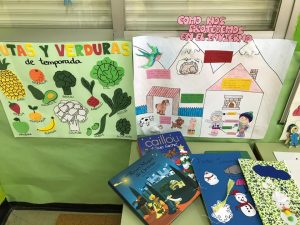


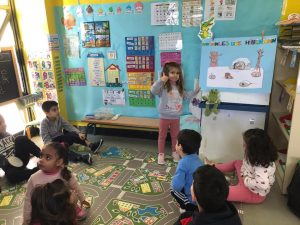
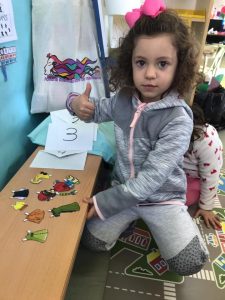










Imágenes Relacionadas:
